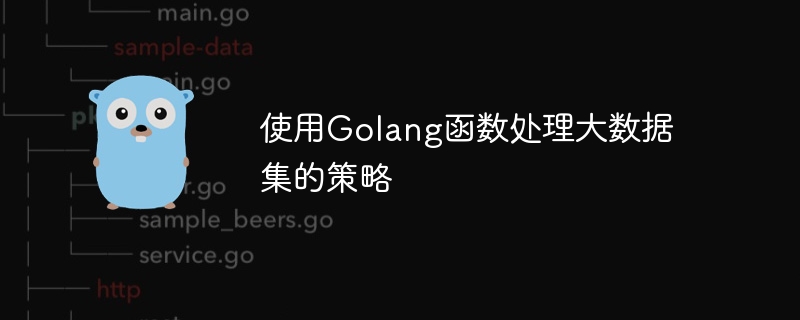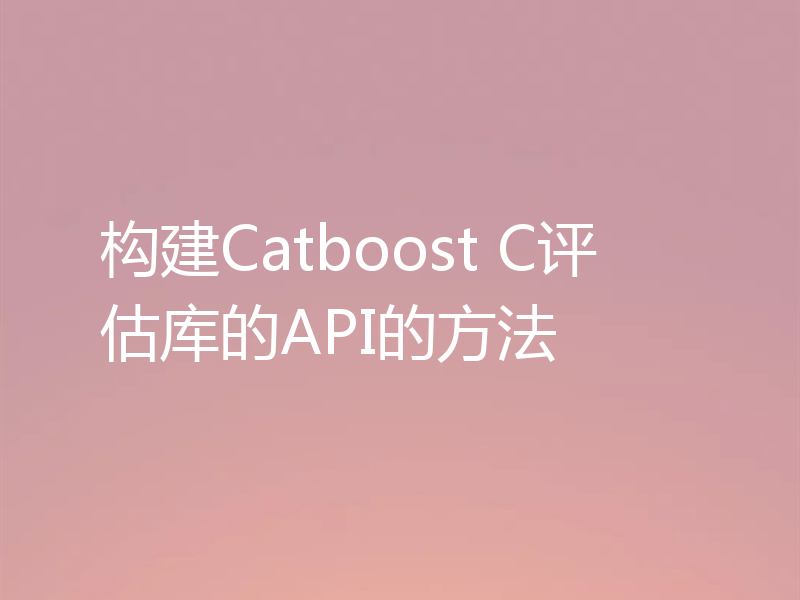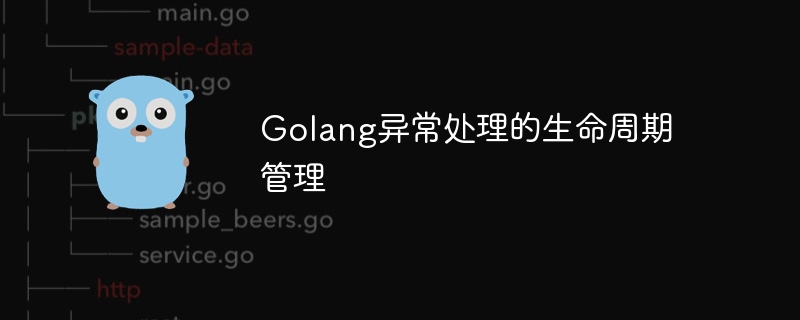在 Golang 中处理大数据集时,有效运用函数式特性至关重要,高阶函数(map、filter、reduce)可高效操作集合。此外,并发处理(goroutine 和 sync.WaitGroup)和流式处理(channel 和 for-range 循环)也有效提高处理效率。

使用 Golang 函数处理大数据集的策略
在处理大数据集时,采用适当的函数式编程策略至关重要。Golang 提供了强大的函数式特性,使你能够有效地管理和操作大数据。
使用通用的高阶函数
map: 将函数应用于集合中的每个元素,产生一个新集合。filter: 过滤集合,产生一个满足给定断言的新集合。reduce: 累积集合中的元素,生成一个汇总值。// 高阶函数处理大整数:
ints := []int{1, 2, 3, 4, 5}
// 映射:将每个元素平方
squaredInts := map(ints, func(i int) int { return i * i })
// 过滤:选择奇数元素
oddInts := filter(ints, func(i int) bool { return i % 2 != 0 })
// 归约:求总和
total := reduce(ints, func(a, b int) int { return a + b }, 0)并发处理
goroutine: 并发执行函数的轻量级线程。sync.WaitGroup: 协调并等待多个 goroutine 完成。// 并发处理列表:
list := []Item{...} // 假设Item结构代表大数据集中的一个项目
// 创建 goroutine 数组
goroutines := make([]func(), len(list))
// 使用 goroutine 并发处理列表
for i, item := range list {
goroutines[i] = func() {
item.Process() // 调用项目专属的处理函数
}
}
// 使用 WaitGroup 等待所有 goroutine 完成
var wg sync.WaitGroup
wg.Add(len(goroutines))
for _, g := range goroutines {
go func() {
defer wg.Done()
g()
}()
}
wg.Wait()流式处理
channel: 用于并行传递数据的通信机制。for-range 循环:用于从通道中读取数据。// 使用通道进行流处理:
// 大数据集的通道
dataChan := make(chan Item)
// 读取通道并处理数据
for item := range dataChan {
item.Process()
}
// 在 goroutine 中生成数据并发送到通道
go func() {
for item := range list {
dataChan <- item
}
close(dataChan) // 完成数据发送时关闭通道
}()通过利用这些策略,你可以有效地处理 Golang 中的大数据集,提高应用程序的性能和可伸缩性。





